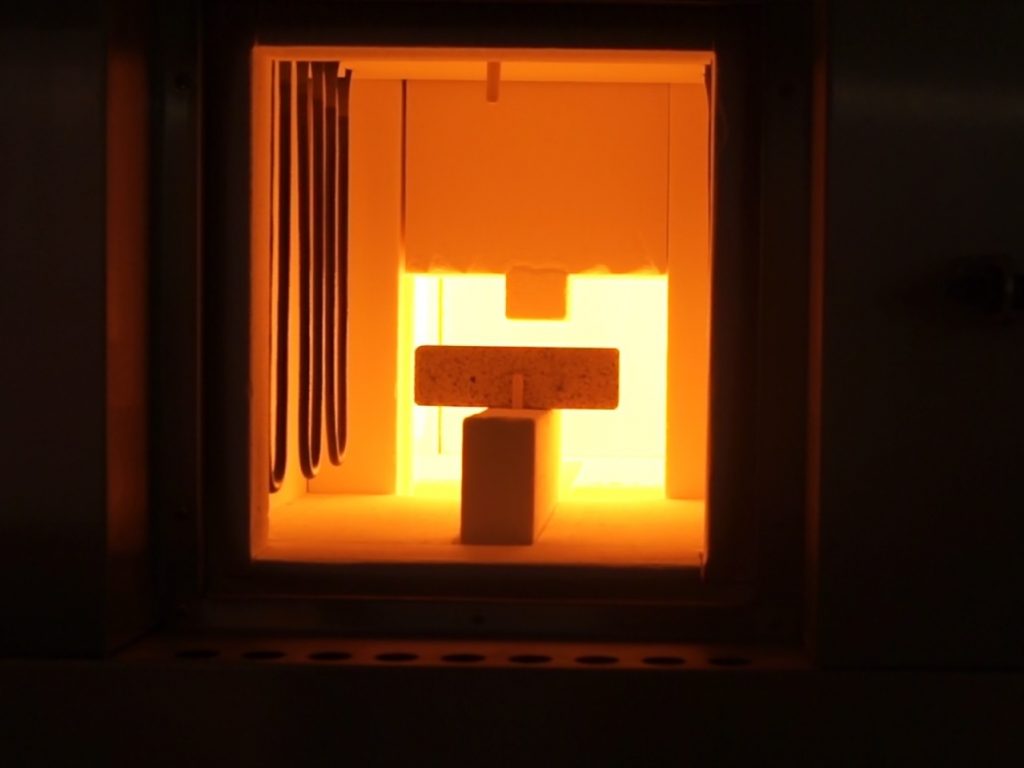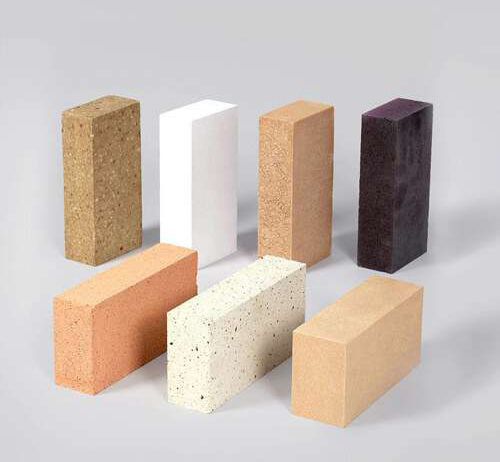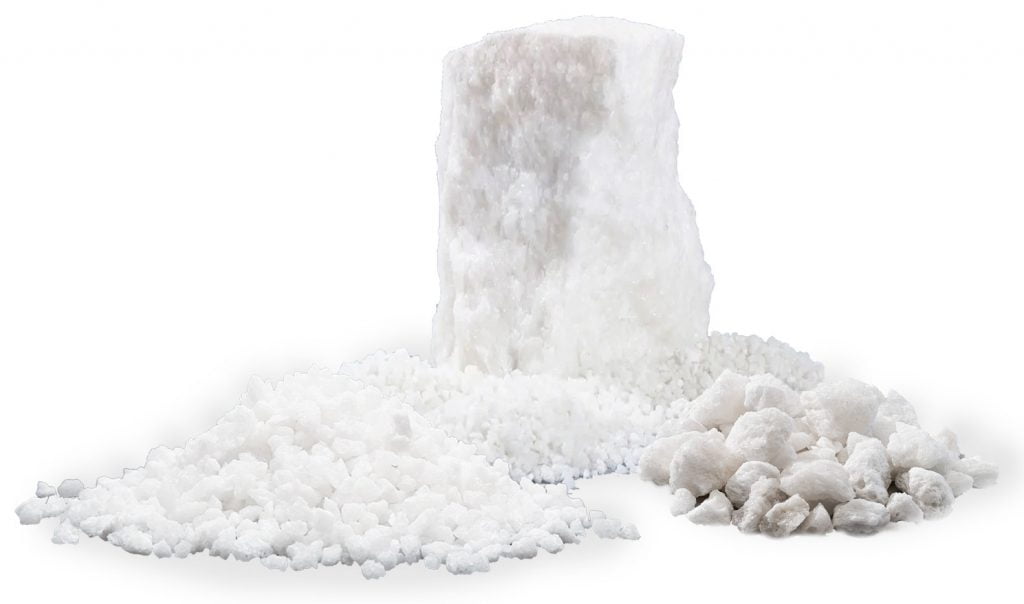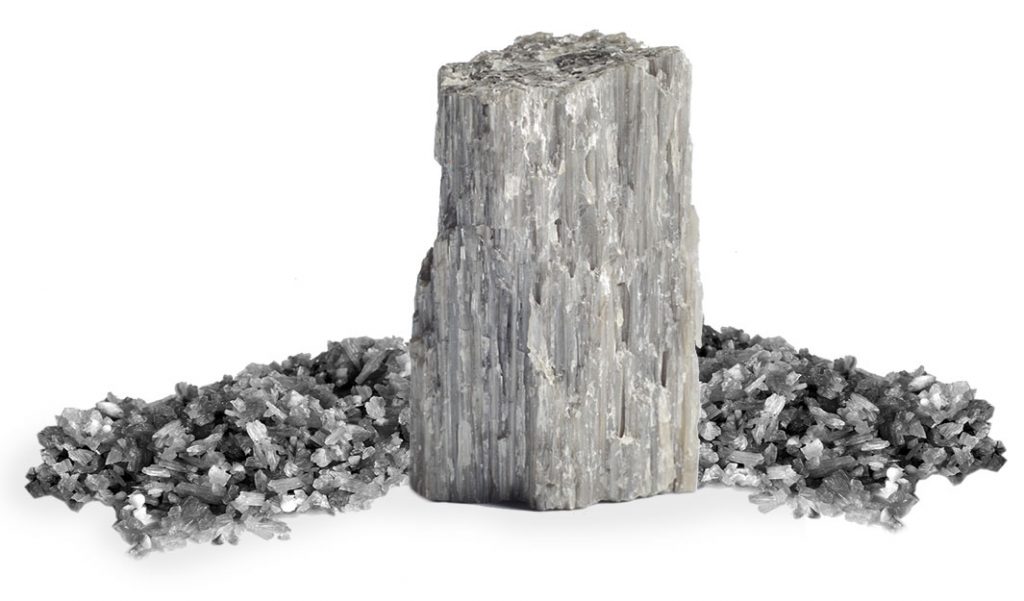Shaped Refractories
Refractory materials can be classified into two categories based on their physical form: unshaped (monolithic) or shaped refractories.
In the case of shaped refractories, it can be seen that they have a certain shape when delivered to the consumer. The shape of these refractories is also classified and into two categories. This division includes standard shaped refractories and other ones with special shapes. Standard shaped refractories dimensions are accepted by all manufacturers and consist of the same sizes, and all manufacturers follow these sizes and produce their products based on these dimensions. The next category and another type of these refractories are special shapes, whose production and molding are different according to usage and do not follow a specific standard. For example, in the production of non-standard light insulating firebricks, it may be trapezoidal, wedged or arched, although this type of firebrick is mostly used in the crown of glass furnaces, supporting walls and hot walls.
Shaped refractories like other forms of refractories should possess qualities like abrasion resistance, good thermomechanical properties, creep resistance, shock resistance and high-temperature rupture strength. Different kinds of raw materials can be used for producing shaped refectories. Based on the used raw material the final properties of refractory shapes like maximum operational temperature, shock resistance, abrasion resistance and etc. can vary.

The process for producing different shaped refractories usually consists of the same steps:
- Grinding and screening of raw materials for obtaining desired size distribution
- mixing the raw material with a binder and water and kneading
- forming the shaped refractory.
- solidifying and drying
Some examples of shaped refractories are as follows:

Standard refractory bricks: these bricks are the basic form of shaped refractories which can be used for building kilns and other similar equipment. The shape of these bricks is similar to regular building bricks so they can easily be used for building different structures. Based on their building materials these shapes can show different properties.
Lightweight refractory bricks: these bricks differ from other refractory bricks because of their high porosity and low bulk densities. These bricks usually aren’t in direct contact with the heat source. The main purpose of these bricks is the preservation of heat within thermal equipment. Because of their porous nature, lightweight refractory bricks are very good heat insulators.
Refractory ceramics: refractory ceramics are engineering materials that in addition to their high-temperature performance they need excellent chemical stability, low thermal expansion, abrasion resistance and good mechanical strength at high temperatures.
High-quality raw materials and precision in production result in refractory material with a long lifetime.
ALTUS



